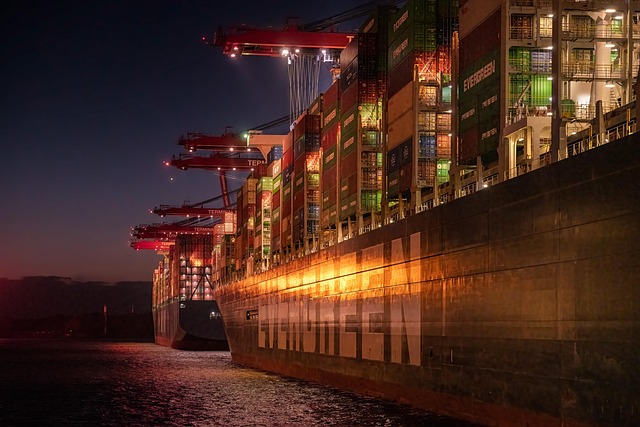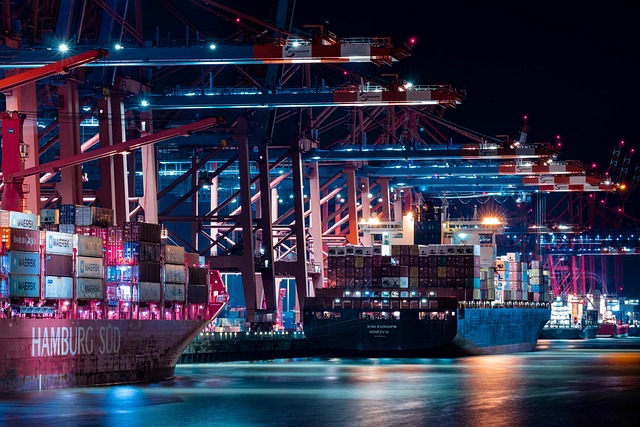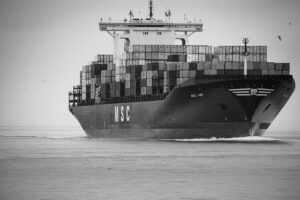Navigating international shipping requires strict adherence to global regulations and standards set by organizations like ISO and IMO. Standardized shipping containers, such as ISO containers, come in various types (refrigerated, flat rack, high cube) with specific dimensions and capacities, ensuring smooth customs clearance and compatibility across transport modes. Compliance with leasing, rental, and documentation regulations is vital to avoid delays and fines. This streamlined process enhances global trade efficiency, security, and customization options through strategic depots, making shipping containers a transformative force in modern supply chains.
In today’s globalized world, standardized shipping containers are revolutionizing international trade. To ensure safe and efficient transportation, these containers must comply with stringent international regulations. This article delves into the intricacies of understanding these regulations, exploring compliance standards and certification processes, and highlighting the significant benefits of standardized containers for global commerce. By navigating these factors, businesses can streamline operations and foster a robust international trading environment.
- Understanding International Shipping Container Regulations
- Compliance Standards and Certification Processes
- Benefits of Standardized Containers for Global Trade
Understanding International Shipping Container Regulations

Navigating international shipping involves more than just finding the fastest route or cheapest carrier. Understanding and adhering to global regulations for shipping containers is paramount to ensure smooth customs clearance, safety, and compliance. These regulations govern every aspect of container transport, from construction standards set by organizations like ISO (International Organization for Standardization) that dictate dimensions, capacity, and material composition, to safety protocols for securing cargo during transit.
Freight containers, known as intermodal containers, sea containers, or ISO containers, come in various types designed for specific purposes, such as refrigerated containers for perishable goods, flat rack containers for oversized cargo, and high cube containers offering extra headroom. Compliance with regulations on container leasing, rental, and transport is crucial to avoid delays, fines, or even seizure of cargo at ports worldwide. Knowing the appropriate container dimensions, capacity, and required documentation ensures efficient container shipping and storage in global supply chains, connecting businesses across continents.
Compliance Standards and Certification Processes

Compliance with international regulations is paramount in the global shipping industry, ensuring safety and efficiency across borders. Standardized shipping containers, such as ISO (International Organization for Standardization) containers, are designed to meet specific criteria to facilitate seamless international trade. These containers must adhere to strict guidelines regarding construction, materials, dimensions, and capacity to ensure compatibility with various transport modes, including sea, land, and rail. The certification process involves rigorous testing and inspection by authorized bodies to verify compliance with standards like those set by the International Maritime Organization (IMO) and the International Organization for Standardization (ISO).
The certification journey begins with manufacturers producing containers that meet the specified dimensions, such as 20-foot or 40-foot lengths, and various width and height variations. These containers are then subjected to examinations covering structural integrity, corrosion resistance, safety features, and compatibility with different climate conditions. Once approved, carriers and leasing companies can obtain certification for their containers, ensuring they meet the required standards for global container shipping, including intermodal transport. This process not only guarantees the quality and reliability of cargo transportation but also streamlines customs procedures and reduces potential delays at ports worldwide.
Benefits of Standardized Containers for Global Trade

Standardized shipping containers have revolutionized global trade by streamlining processes and reducing costs. Compliance with international regulations ensures that goods can move smoothly across borders, minimizing delays at ports and customs. This efficiency is particularly beneficial for multinational corporations dealing in international freight, as it simplifies inventory management and reduces logistical complexities. With standardized dimensions and capacities, these containers are versatile and compatible with various modes of transport, from sea containers on maritime routes to intermodal containers for combined rail and road travel.
The benefits extend beyond logistics; they also include enhanced security through robust construction and tracking capabilities, as well as the ability to customize with specific features like refrigerated conditions for perishable goods or secure storage solutions. This modularity allows businesses to adapt to changing market demands by renting or leasing containers as needed, rather than committing to permanent fleet purchases. Container depots strategically located around the globe further facilitate container transport and storage, ensuring that supply chains remain fluid and responsive to global trade trends.
Standardized shipping containers, compliant with international regulations, are revolutionizing global trade. By understanding and adhering to regulations like ISO 9001, businesses can maximize efficiency, safety, and cost-effectiveness in their logistics. The certification process ensures that these containers meet specific standards, fostering seamless transportation across borders. Ultimately, the adoption of standardized containers streamlines trade, reduces waste, and promotes a more sustainable global economy.
